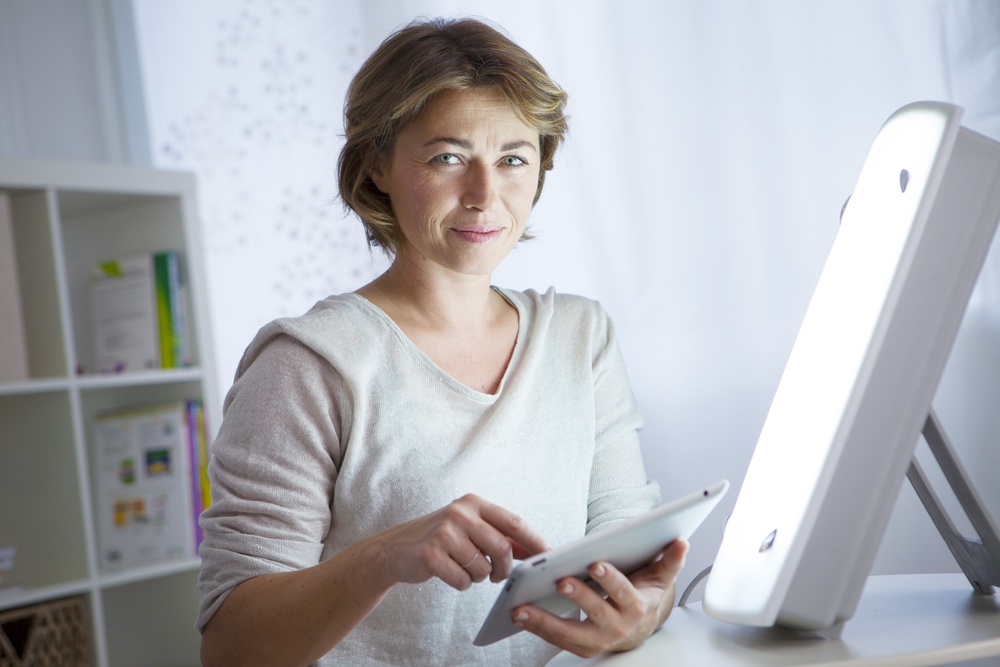
Daylight Savings Time (DST) went into effect on November 6. By now, you may have adjusted your sleep habits to the change. But there's no denying the fact that the days have become shorter. Many of us wake up when it's still dark and commute home from work in the dark, too, especially with sunset happening as early as 4:45 PM. In the hours in-between, we're likely to be indoors, meaning we get very little exposure to natural sunlight during the day. This, in turn, can make us drowsy when we need to be awake and alert. Lack of sunlight may even throw our nighttime sleep rhythms off.
Why is sunlight so important?
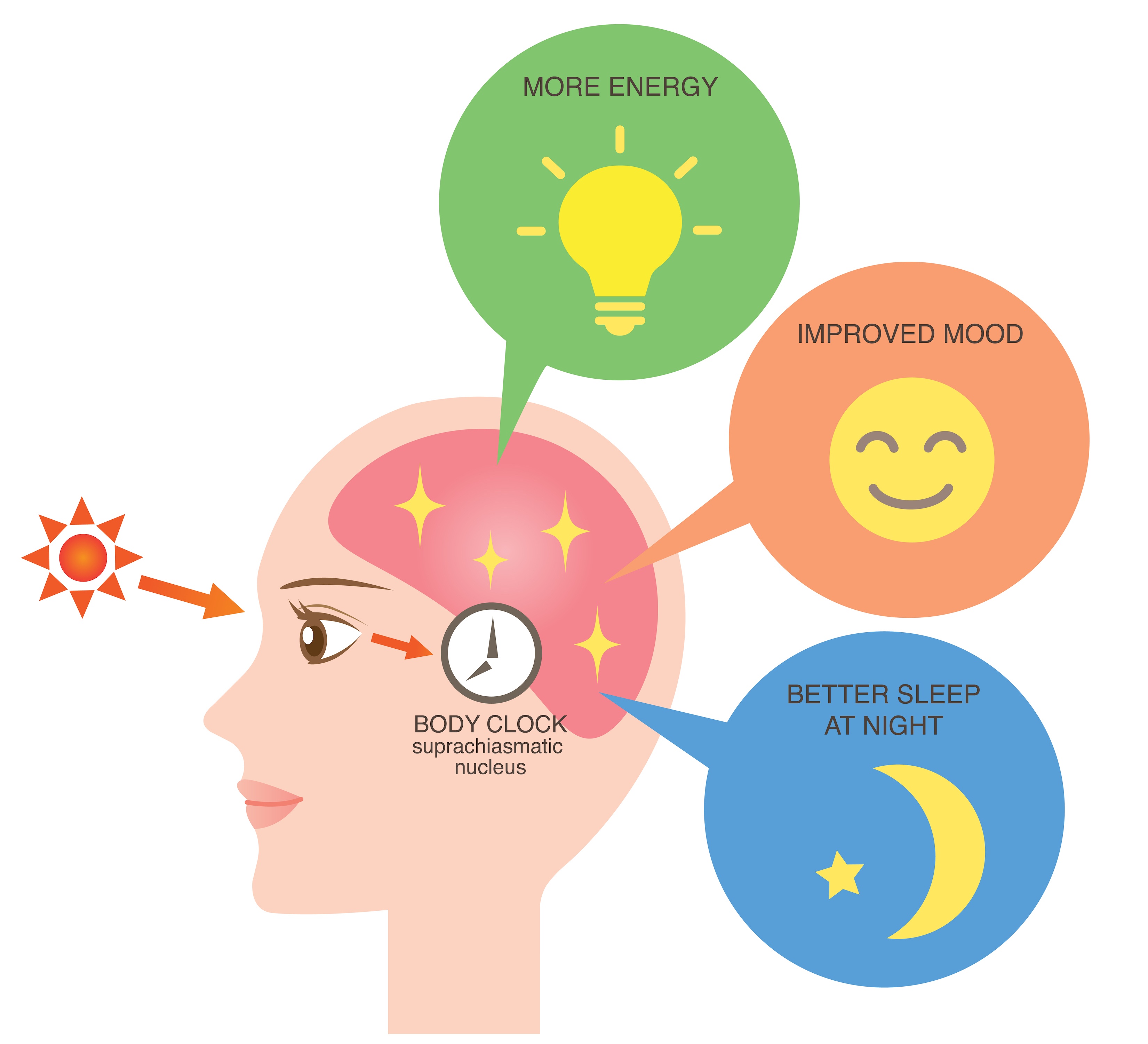
Sunlight plays a major role in helping to regulate our circadian rhythms, a.k.a. body clock. Human bodies are wired to be alert during the day and asleep at night (a "farmer's schedule"). For most humans, modern lifestyles deviate from this day/night, light/dark sleep routine.
For example, when we stay up too late or cross time zones via air travel, we're working against our natural rhythms. The same goes for taking nontraditional shift work (for example, by working the third shift/overnight shift and sleeping during the day).
Other factors that can affect your body clock include whether or not you exercise, your hormones, and the medications you take. Any one of these factors can throw off your circadian rhythms.
For most of us, however, sunlight is the single biggest factor affecting the regulation of our body clocks. Our eyes have a direct connection with the part of the brain that regulates sleep and wakefulness. Without adequate exposure to light during the day, the brain don't get the right cues.
When we're habitually deprived of sunlight, as we are in the fall and winter, our bodies may release melatonin, the sleep hormone, long before we're ready to go to sleep — thus the sluggishness you may start feeling at around 4:30 in the afternoon.
Other side effects of shorter days
Shorter days mean less light and greater daytime sleepiness (and more car naps, planned or unplanned!). For some of us, the seasonal change to fall and winter can usher in other symptoms, as well, like mood problems and headaches.
You may notice you're experiencing some of the following:
- grogginess
- irritability
- anxiety
- cluster headaches (painful headaches on one side of the head)
- insomnia
- concentration problems
In some cases, people may find themselves fighting off extreme lethargy, exhaustion, and moodiness, which may be more than just the winter blues; it could be a kind of depression called Seasonal Affective Disorder (SAD).
Seasonal Affective Disorder (SAD)
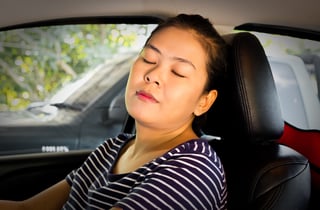
SAD is a type of major depression that affects people during the times of year when the seasons change. It's most common during the transition from summer to fall, and for many people it continues through the winter.
Symptoms of fall or winter-onset SAD include all the classic symptoms of major depression, along with the following:
- tiredness/lack of energy
- heaviness of the arms and legs
- oversleeping
- irritable mood
- interpersonal problems (arguments with others)
- extreme sensitivity to rejection
- carbohydrate cravings and other appetite changes
- weight gain
If these symptoms persist for more than a few days at a time, and if you also feel some of the classic symptoms of major depression (such as difficulty getting out of bed, or persistent negative thoughts about yourself), you may have SAD and should see a doctor.
Depending on your diagnosis, your doctor may prescribe medication, psychotherapy, exercise, or light therapy (or a combination of all of these).
What is light therapy (phototherapy)?
Light therapy, also known as phototherapy, is purposeful exposure to artificial light. It's meant to simulate the effects of being exposed to direct and natural sunlight.
How light therapy helps you to stay awake during the day:
- When your physician prescribes light therapy, he or she recommends you use a light lamp or light box. These devices come in a full spectrum of options. Most people should seek out light boxes with low levels of UV light. Be sure to go over your options with your doctor, and talk about your pre-existing conditions. Some conditions may be aggravated by phototherapy.
-
A typical therapeutic light box gives off an intensity of 10,000 lux, which is 100 times brighter than indoor lighting but much less intense than a sunny day. This level of light is bright enough to stimulate cells in the retina that communicate directly with the hypothalamus — the part of the brain that regulates sleep/wake hormones.
- Your doctor will advise you to sit in front of the light box or lamp for a certain amount of time each day, usually thirty minutes first thing in the morning.
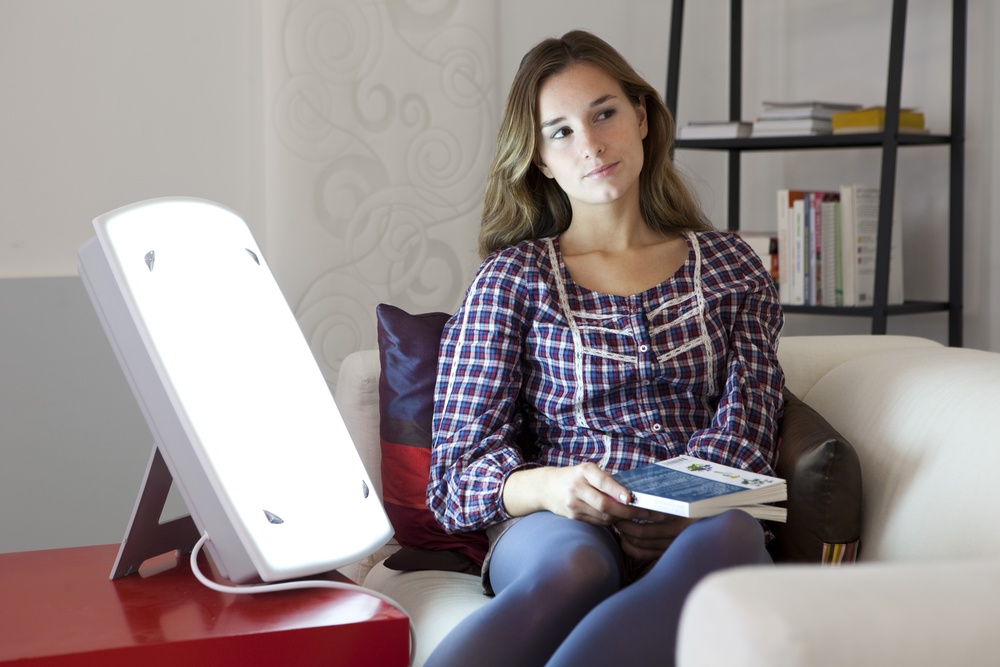
- During these light box sessions, exposure to the bright light stimulates the brain, cuing the chemicals that help to regulate wakefulness, mood, and sleep. For example, exposure to light can help to suppress melatonin production — allowing you to postpone sleepiness until you're actually ready to go to bed.
- Over time, regular doses of light therapy will re-sync your circadian rhythms and normalize your body clock. You'll feel awake, alert, and more focused during the day. Used properly, you should also feel tired at night, and you may find you sleep better.
- If you have SAD, your mood may improve too. However, remember that no single therapy is a substitute for seeing your doctor and getting a proper diagnosis and course of treatment. Don't try to self-diagnose and treat your winter blues on your own. If you're sleepy, lethargic, and feeling down, see a doctor ASAP!
Sources:









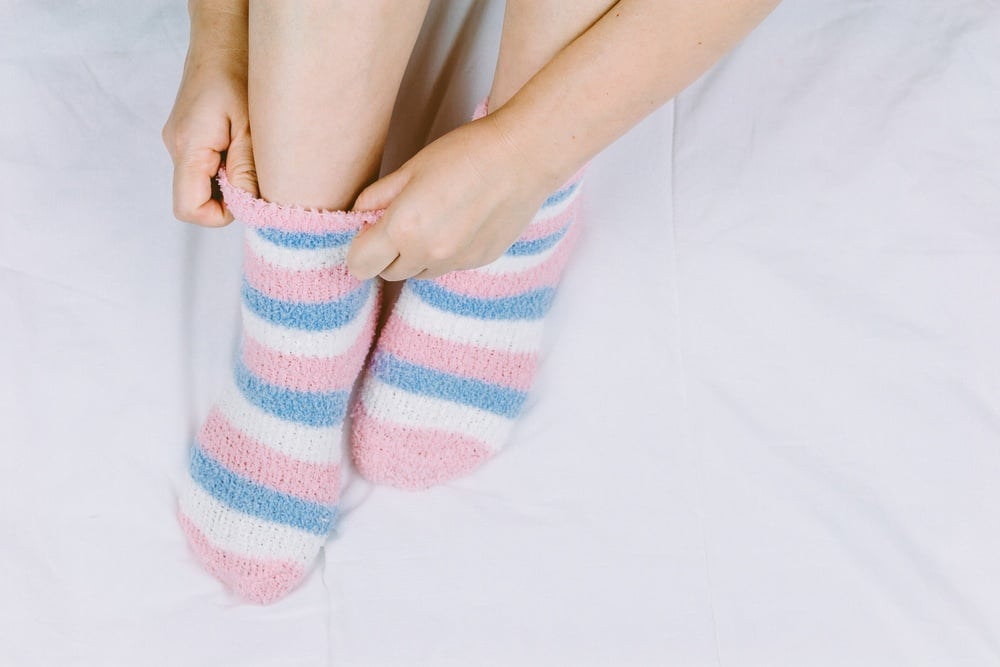
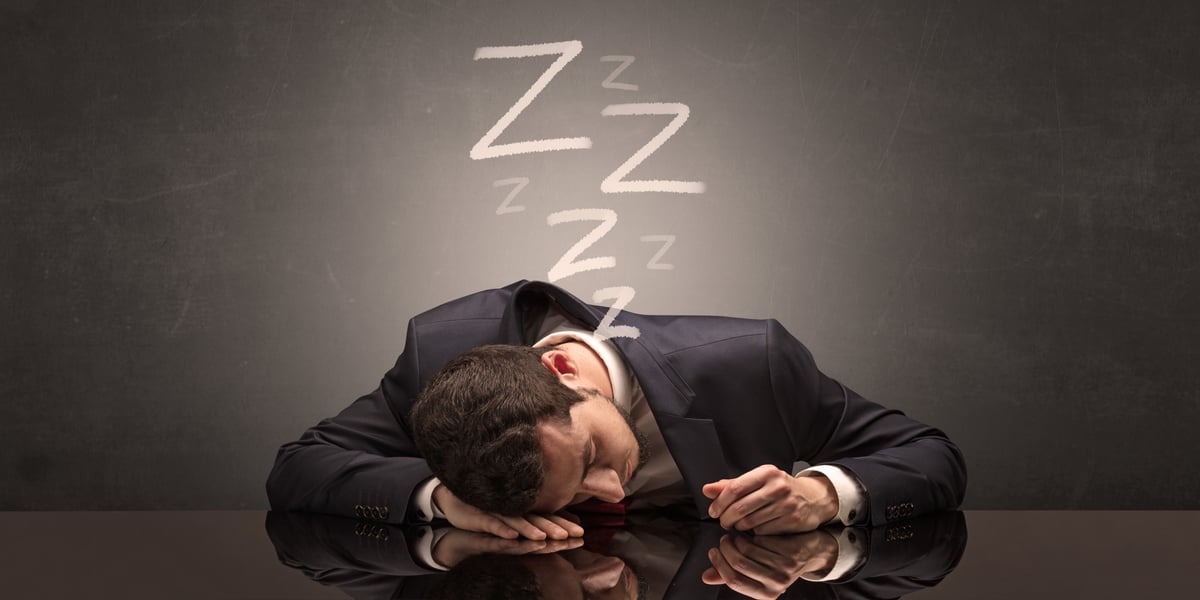

Leave a comment